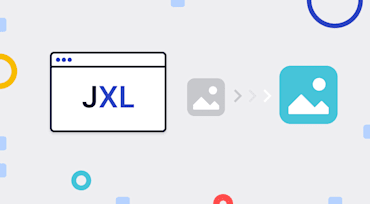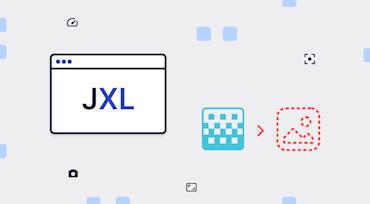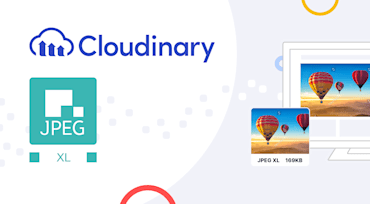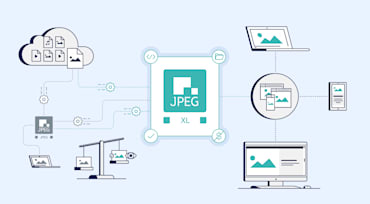I can be quite passionate about image codecs. A “codec battle” is brewing, and I’m not the only one to have opinions about that. Obviously, as the chair of the JPEG XL ad hoc group in the JPEG Committee, I’m firmly in the camp of the codec I’ve been working on for years. Here in this post, however, I’ll strive to be fair and neutral.

Every year in early February, after closing our fiscal year, we discuss the year that was during our monthly All Hands meeting. This year we reflected on a year unlike any other.
It was a year in which the unimaginable became our shared reality. Together, as a global collective, with our families, customers and partners, we Zoomed and pushed and pulled together in ways we had not had to do before.

When the JPEG codec was being developed in the late 1980s, no standardized, lossy image-compression formats existed. JPEG became ready at exactly the right time in 1992, when the World Wide Web and digital cameras were about to become a thing. The introduction of HTML’s <img> tag in 1995 ensured the recognition of JPEG as the web format—at least for photographs. During the 1990s, digital cameras replaced analog ones and, given the limited memory capacities of that era, JPEG became the standard format for photography, especially for consumer-grade cameras.

Progressive image decoding is an excellent way in which to accelerate page loads and hence improve the web-browsing experience. This post explains why and elaborates on the recent developments for that approach.

Fidelity in images is about visually preserving the original; appeal is about hiding the compression artifacts. Depending on your priority, you would compress images with either of these approaches to reduce the file size while still maintaining a reasonable level of visual “quality”:

Since its founding, Cloudinary's mission has been to help companies unleash the full potential of their media to create the most engaging visual experiences. In keeping with that quest, we support new codecs for images and videos as soon as possible.

A year ago, I talked about JPEG XL at ImageCon 2019. It’s time for an update.
JPEG XL is a next-generation image codec currently being standardized by the JPEG Committee. Based on Google’s PIK codec and Cloudinary’s Free Universal Image Format (FUIF) codec, JPEG XL has created a sum that’s greater than the parts by leveraging the best elements of Google PIK and FUIF:
